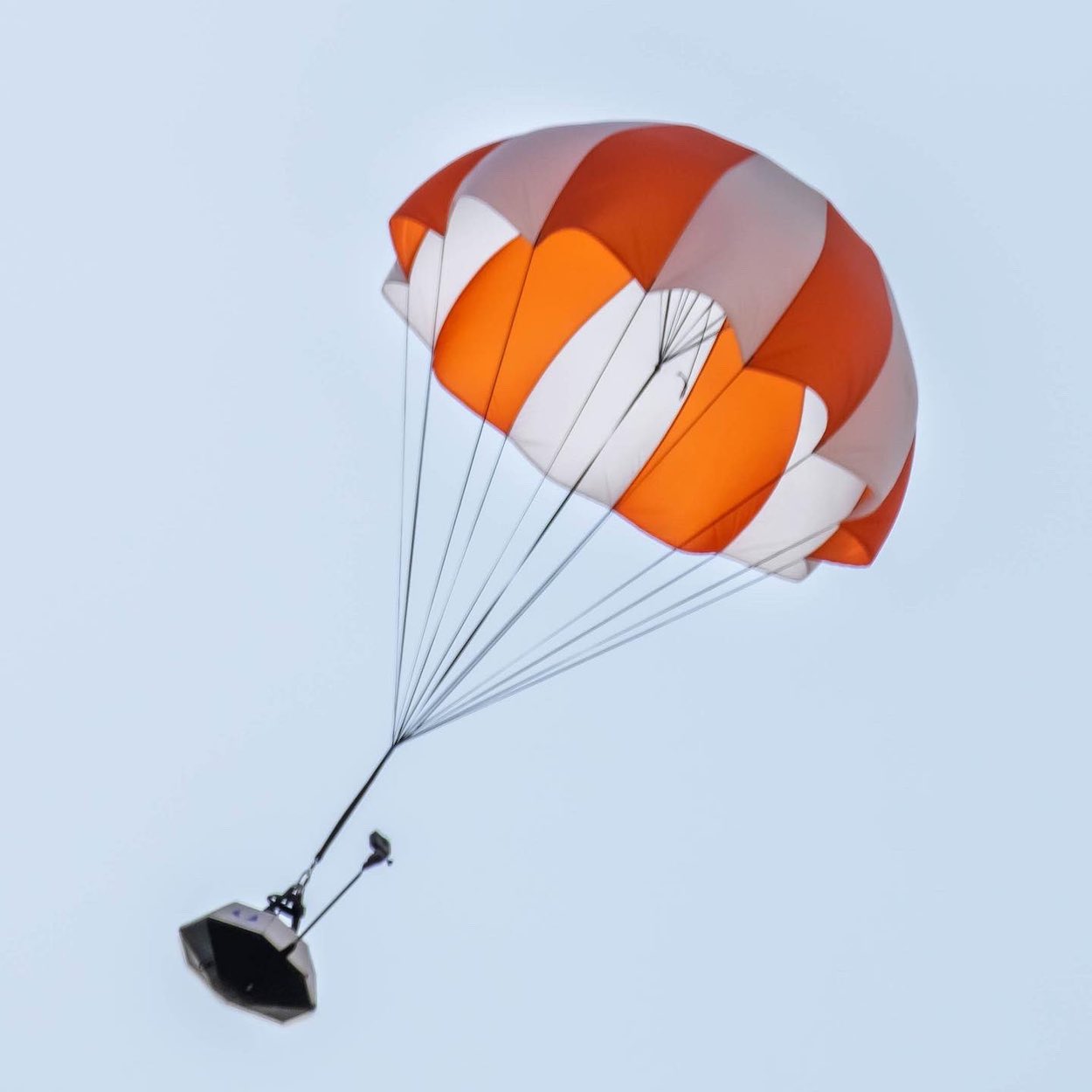Fulfillment centers may be going into orbit. Justin Fiaschetti and Austin Briggs, the 23-year-old entrepreneurs behind the year-old startup Inversion, have been developing earth-orbiting capsules that aim to deliver goods from the cosmos. The two believe that as space travel becomes cheaper (the cost of launching two pounds into space has fallen 90 percent over the past three decades), government agencies and companies will use the service to store items in orbit and, when summoned, speedily send them back to Earth.
That’s no easy task—when capsules re-enter the atmosphere, high travel speeds (about 25 times as fast as the speed of sound) induce the danger of fire. Still, with venture capital firms investing $8.9 billion in space technology in 2020 alone, it’s easy to see why early-stage companies are racing to innovate. Inversion is planning for a small demonstration capsule to be ready as soon as 2023.
Space delivery may seem like a pipe dream; not everyone is warming to the prospect, with one critic even dismissing Inversion as a “weird orbital Rube Goldberg machine.” But with the pandemic ushering in increased reliance on e-commerce, the tech world has been testing new methods to expedite deliveries. Autonomous delivery robots, previously the stuff of science fiction, are starting to become more commonplace thanks to venture capital interest, machine learning algorithms, and ultrasonic sensors that detect solid objects. Alastair Westgarth, CEO of Starship Technologies, estimates his company’s robots made two million autonomous deliveries by late 2021. It’s still not enough to impress city officials in San Francisco, Ottawa, and Toronto, which all banned them due to safety issues like potential human “toe-flattening.”


